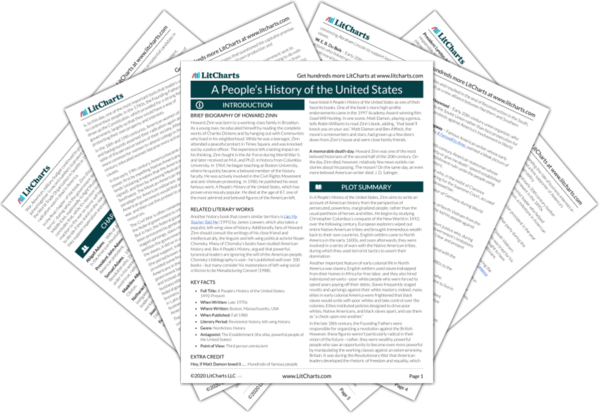Women played a key role in the Civil Rights Movement of the 1950s and 60s. Around the same time, published the feminist classic
The Feminine Mystique, in which she denounced the social system that forced women to surrender their dreams and serve their husbands and children. Women of the late 1960s played key roles in demonstrating against Vietnam and fighting for Civil Rights. In 1968, a group called Radical Women protested the Miss American beauty pageant by throwing bras and beauty products into the trash.
